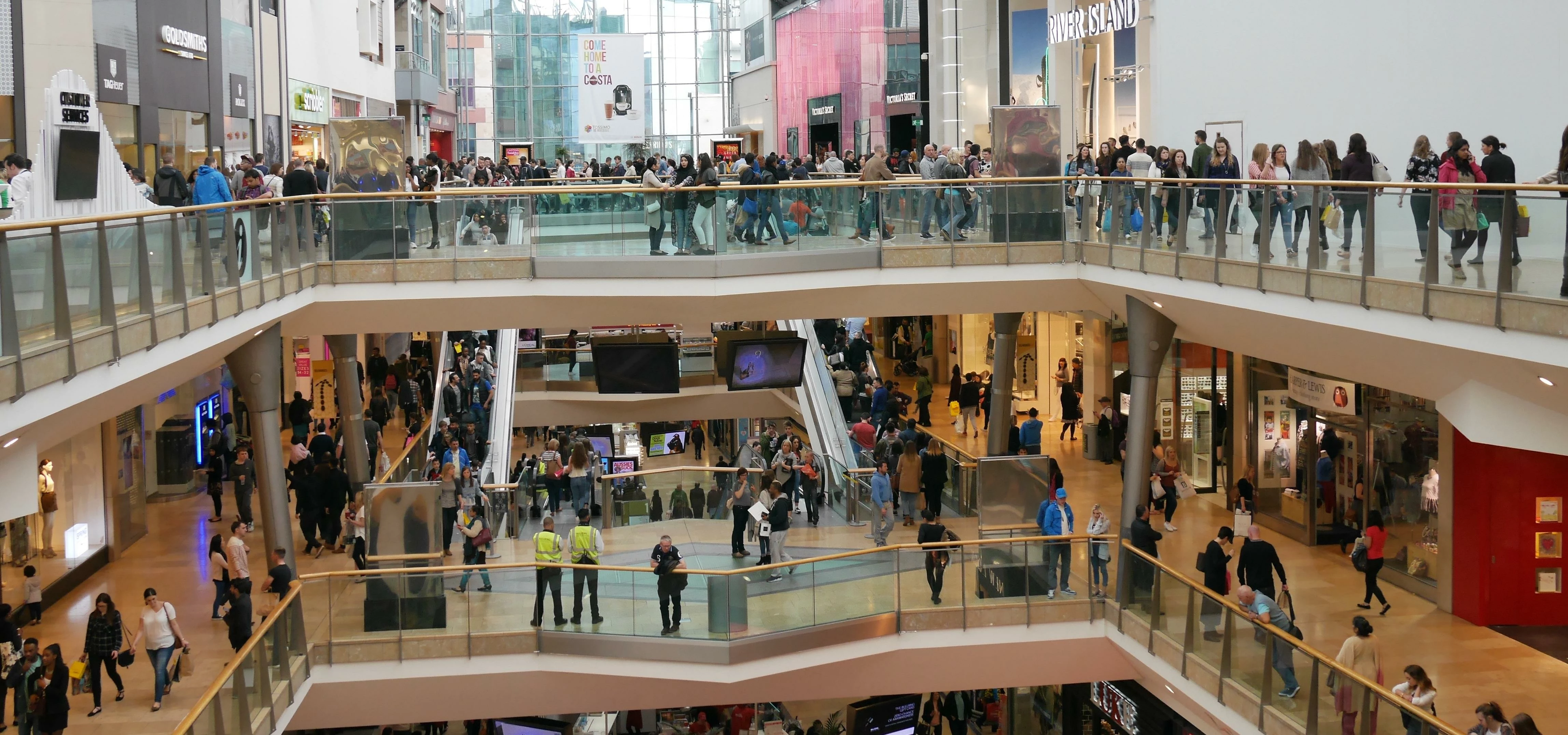
Partner Article
Recreating online personalisation in bricks-and-mortar shopping
Earlier this year, Very.co.uk launched what is widely believed to be the world’s first completely personalised homepage. This means that registered customers will see tailored products and recommendations based on their shopping history, adding to its bespoke navigation based on browsing behaviour (which is already in place).
Of course, it’s much easier for online outlets to do this; customers leave a digital fingerprint whenever they shop with an ecommerce site, even if they don’t buy anything. All retailers need to do is collate this data and use it to make shopping a more intuitive experience.
But how can bricks-and-mortar retailers build in this level of personalisation in their physical stores? Here, Tim Barton, Director of Strategic Alliances at iVend Retail, looks at how retailers can individualise the in-store customer experience.
The challenge for bricks-and-mortar businesses is to react to each consumer’s needs when they arrive, to shape their experiences on the shop floor. For instance, if they come in for a specific item that transpires to be out of stock, retailers should look to source it from a neighbouring store, or order it online.
Additionally, if a customer is talking to a sales associate in the aisles, they should be able to finish their transaction right there and then, without having to be moved to a fixed terminal to answer their query or make a purchase.
Achieving this level of personalisation within the store environment relies on retailers using mobile Point of Sale (mPOS) to blend the digital with the physical. By integrating one-to-one customer service with the capabilities of online shopping – endless aisle availability, network-wide inventory visibility, flexible payments and so forth – businesses are bringing the best of both channels into a single shopping experience.
More than that, retailers can use mPOS technology to create continuity within customer experiences across all touch points. Accessing consumers’ online purchase history in the store, for instance, reveals their true value to the brand – paving the way for exclusive offers to reward their loyalty.
Retailers can even take the concept of customer value to the next level by integrating digital loyalty schemes into their store offering. Bricks and mortar incentives have fallen way behind their online counterpart, with most retailers relying on paper vouchers, printed post-purchase. Switching to a points and rewards management application collates all customer data on a single platform, which can then be used to beam ‘on the spot’ offers to their mobile device in-store.
Whether businesses start with mobilising interactions or modernising loyalty, finding the right technology to customise interactions is critical. Once this is in place, employees are empowered to offer the same level of personalisation as online shopping, with the added benefit of having the people and the products right there in front of the consumer.
This was posted in Bdaily's Members' News section by Tim Barton .
Enjoy the read? Get Bdaily delivered.
Sign up to receive our popular morning National email for free.








 A game-changing move for digital-first innovators
A game-changing move for digital-first innovators
 Confidence the missing ingredient for growth
Confidence the missing ingredient for growth
 Global event supercharges North East screen sector
Global event supercharges North East screen sector
 Is construction critical to Government growth plan?
Is construction critical to Government growth plan?
 Manufacturing needs context, not more software
Manufacturing needs context, not more software
 Harnessing AI and delivering social value
Harnessing AI and delivering social value
 Unlocking the North East’s collective potential
Unlocking the North East’s collective potential
 How specialist support can help your scale-up journey
How specialist support can help your scale-up journey
 The changing shape of the rental landscape
The changing shape of the rental landscape
 Developing local talent for a thriving Teesside
Developing local talent for a thriving Teesside
 Engineering a future-ready talent pipeline
Engineering a future-ready talent pipeline
 AI matters, but people matter more
AI matters, but people matter more